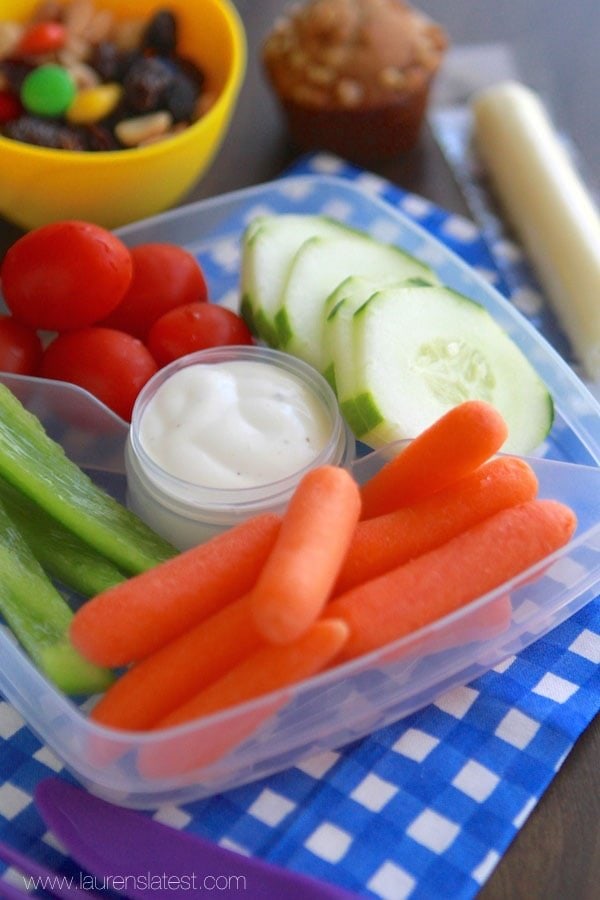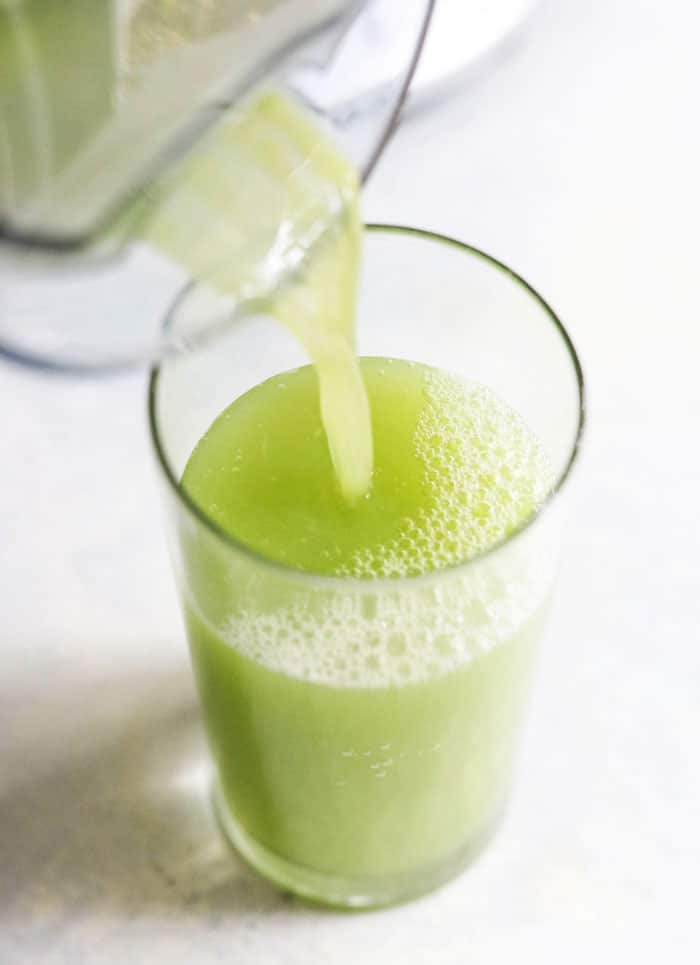
This was the first time salt was created using this method by the ancient Chinese and Romans. Buddha, in the fifth century BC, taught the world how salt should be stored and collected. The Romans used ceramic containers (called briquetage) to collect the brine. Workers scraped up the concentrated salt and washed away the impurities. Then they poured the brine into shallow saucepans and set them onto clay pillars. The workers sold the powdered, dried sea salt to colonial New World residents. In the New World slavery was brought from Africa in order to rake salt across various islands of the West Indies.
Most people know the basics of table salt. However, not everyone is familiar with how sea salt is made. Table salt's main ingredient is sodium chloride. However, sea salt contains other minerals like magnesium, iron and calcium. These minerals are present in trace amounts in sea sal, and they are also included in salt crystals. While it is best to use this mineral in moderation, adding a pinch to your dish will add extra nutrition and mineral nutrients.

Sea salt is the most widely used salt. It comes from warm regions and is harvested by filling man-made salt pools with salt water, and then waiting for it to evaporate. The crystals will remain behind when the water evaporates from the pool. These man-made salt works are also known as salt works. The process of harvesting salt takes several billions of years, and the salt is harvested in different ways.
The process of sea salt production is quite complex. First, you need to extract seawater. This involves extracting the seawater from the ocean. The water is left in the water for a few days to dry and to concentrate. Once this is completed, the sea salt is ready to be sold. The final product is then labeled with the unrefined and refined labels. The unrefined sea salt can be grey or contain marine bacteria or trace minerals that contribute to its complex flavor.
The process for harvesting sea salt can be done in a few steps. The salt crystals form at the bottom of the water and are nearly dry. The impurities are removed by pouring off water and scraping off the top layer of the salt. This is a great way of collecting sea salt. It's very inexpensive and readily available. It is easily available in many parts of the world. Once harvested, the salt can be used for human consumption. You can use it in many ways.

Extracting salt seawater from water is the same process. Each process is unique. Some sea salts may be extracted from the Earth, while others can only be harvested from the sea. The salt is extracted using chemicals in the second case. To get the iodine, the minerals are removed from the sea. In order to extract the iodine from salt, other minerals are also removed.
FAQ
What does it take to become a chef in the United States? What is the average career path in this field?
Five years is required to become a professional chef. You will learn basic cooking techniques, and get experience as a chef assistant. Once you have completed your training, you may apply for executive, sous, and line chef positions. The average annual salary for a professional chef is between $25,000 and $60,000
How can you get motivated to cook well?
When you cook with your family and friends, cooking is enjoyable. It is easier to cook for yourself than for others. You can be inspired to cook if you try something new. You will be able to learn new techniques and ingredients. Also, you can use recipes from different cultures to expand your culinary knowledge.
How much does it cost to go to culinary school?
Prices for Culinary School vary depending upon where you go, what program you select, and how long you stay there. Average tuition costs between $10,000 and $30,000. Students graduate with approximately $20,000 of debt. Some programs offer scholarships, grants, or work-study opportunities.
What skills are required to enter a culinary school?
You will need to know how to cook, understand food safety regulations, and be able work under pressure in order to become a chef. For a basic understanding of cooking, it is advisable to enroll in cooking classes at the local high schools or community colleges. Once you have learned the basics of cooking, it is time to look for work at a restaurant.
How long does learning to cook take? How long will it take me to learn how?
It depends on the skill level. Some people can learn basic cooking techniques in as little as a week. Others might need months or even years to master basic cooking techniques.
The amount of time needed to learn to cook varies considerably based on the person. Someone who has never been to the kitchen before might need more time than someone who does it regularly. Also, certain types of cooking require more experience than others. Baking requires more knowledge than frying.
If you want to learn how quickly you can cook, you should focus on learning a specific technique. After mastering one technique, you can move on to the next. Don't worry too much about the exact number of days or weeks it takes to learn to cook. Enjoy the process and keep practicing.
Statistics
- In the United States, the category is estimated at $23.2 billion annually and is growing faster than the market. (washingtonpost.com)
- under 10 Kids have been taught that there is special food just for them, and Fiese says that 10 percent of kids will throw a tantrum if they don't get the food they want. (washingtonpost.com)
- The median pay for a chef or head cook is $53,380 per year or $25.66/hour, according to the U.S. Bureau of Labor Statistics (BLS). (learnhowtobecome.org)
External Links
How To
How to make a perfect Omelette
Omelets is one of my favourite breakfast foods. But how do you create them perfectly? I've tried many recipes and different methods but none have worked. So I wanted to share some tips and tricks so that you can make delicious, fluffy omelets every morn.
It is important to know that eggs can be temperamental when making omelets. Eggs must be purchased fresh, preferably organic, and kept chilled until ready for cooking. If they are not kept cold enough, the whites won’t form properly. The yolks will also break down too quickly and become runny. This will make your omelets appear strangely colored. If you intend to cook your eggs immediately, it's best to use room-temperature egg.
You can also separate the egg before you add it to the pan. It is important not to allow any white to mix with the yolk as this could lead to the omelet becoming curdled.
The egg can burn if it is placed directly on the stovetop. Instead, heat the egg for 10 seconds in the microwave before placing it in the pan. The microwave heat cooks your egg just right, without it becoming too soft.
Next, let’s talk about mixing the egg. When mixing eggs, it is important to thoroughly beat them. You need to turn the bowl of the mixer upside down. Now shake the bowl vigorously. This will whip the air around the bowl and mix the egg well.
The fun part begins - you need to pour the milk into your mixture. Mix half of the milk with the eggs. Then fold the eggs in half into the remaining milk. Do not worry if you see streaks of egg; they will disappear when the omelet is flipped.
After you have folded the eggs, heat the oil in a pan over medium heat. Once the oil has started to sizzle, turn the heat down to low. Once the oil starts getting hot, add 1/4 cup of butter to the pan and swirl it around to coat the entire surface of the pan. Open the lid and sprinkle salt on the pan. A pinch of salt will help prevent the omelet from sticking to the pan.
Once the omelet has formed, cover the pan again and wait for the top side to set completely. Flip the omelet over using a spatula or flip the pan upside down. Cook the other side for about a minute. Remove the omelet from the pan and serve immediately.
This recipe is best when used with whole milk. But, you can use skimmed milk as well.